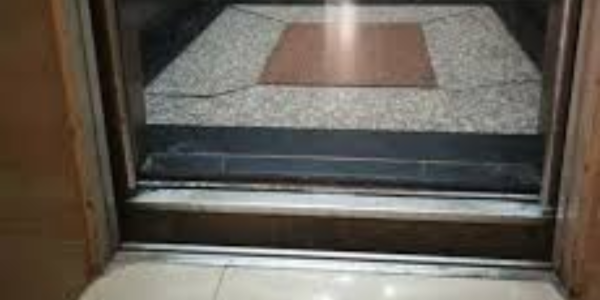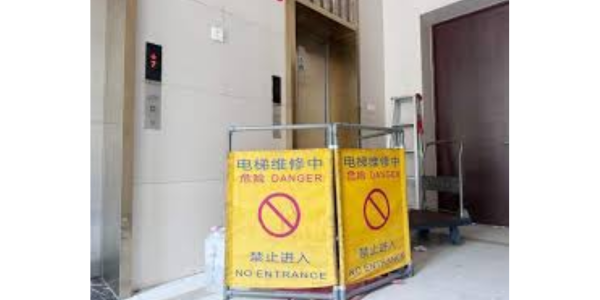Elevators are the backbone of modern buildings, whisking passengers and goods between floors with remarkable efficiency. Yet, like any complex machinery, elevators can develop faults that interrupt service, frustrate users, and even pose safety risks. As elevator parts suppliers, we’ve seen these issues countless times. In this guide, we’ll dive into six of the most common elevator problems, explain their technical roots, and outline professional solutions—empowering maintenance teams and building managers to keep elevators running smoothly.
The doors open and close normally, but when you select a floor, the car remains stationary.

Loud grinding, squealing, or metallic rattling during ascent or descent.

The car stops noticeably above or below the landing threshold, creating a tripping hazard.

Doors open as commanded but refuse to close automatically, requiring repeated button presses or manual force.

Recurring faults and service calls—often shortly after a repair.
Sudden surges or drops in speed; occasional complete stops mid-travel.
Elevator reliability hinges on proactive maintenance, accurate fault diagnosis, and high-quality component replacement. By understanding these six common problems—from no start conditions to erratic speed—and applying professional solutions, maintenance teams can minimize downtime, extend equipment life, and ensure passenger safety.
Keeping elevators reliable and safe means addressing issues quickly and using the right parts. For high-quality components and expert support, contact POTENSI today—we’re here to help you keep your elevators running smoothly.
① Get 10% off on your first order.
② Get latest news about our promotion products.
③ Get our sales specialist VIP service 24/7.
④ Get access to our credit payment time.
WhatsApp us
